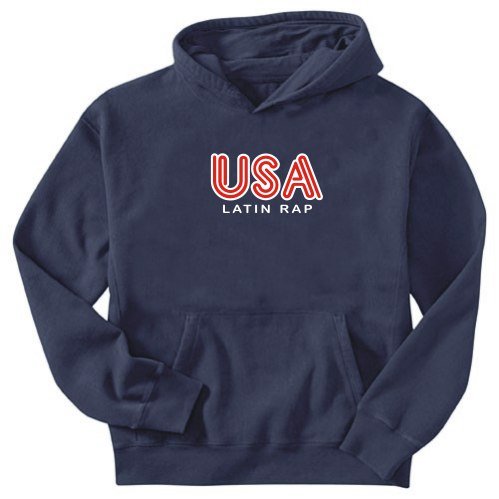 This is a great sweatshirt. Great gift. All TopExpressions products are made under strict quality controls. 100% cotton, weight aprox 25oz.
This is a great sweatshirt. Great gift. All TopExpressions products are made under strict quality controls. 100% cotton, weight aprox 25oz.Origin:
Samba originated in Brazil, with the music containing a combination of Iberian, Native and African influences. The modern day Samba as we know it was developed from a Brazilian style called Choro. Samba is a big part of the world famous carnival parade, and nicely compliments the Bateria.
Music:
Samba has a lot of variations, but most variations have one thing in common: A heavy percussion presence. Samba Music is played in 2/4. The common modern day Samba has the Pandeiro as the most common percussion instrument. The Violo is the other instrument which is always present. The music can vary across all themes, and is not specific to any them or emotion.
Dance:
Samba's most common dance variation is "Samba no p" which is a solo dance. Men dance with their whole feet on the ground, whereas women usually dance using the balls of their feet. The rythm is played in 2/4 and the stepping is called as "and-a-one and-a-two". The knees are used a lot in Samba, with one knee bending at a time with the upper body straight.
Latinos NZ Popularity Scale: 5/10
Samba is slowly becoming more popular in New Zealand, although Latin Clubs tend to stick to other forms of Latin Music. However, some clubs now have Samba Nights with Samba and other Brazilian rythms and dance.
New Zealand's biggest Samba event is Jambalaya. Don't miss it next time!
Article taken from Latinos.co.nz (http://www.latinos.co.nz)
80's dance music
No comments:
Post a Comment